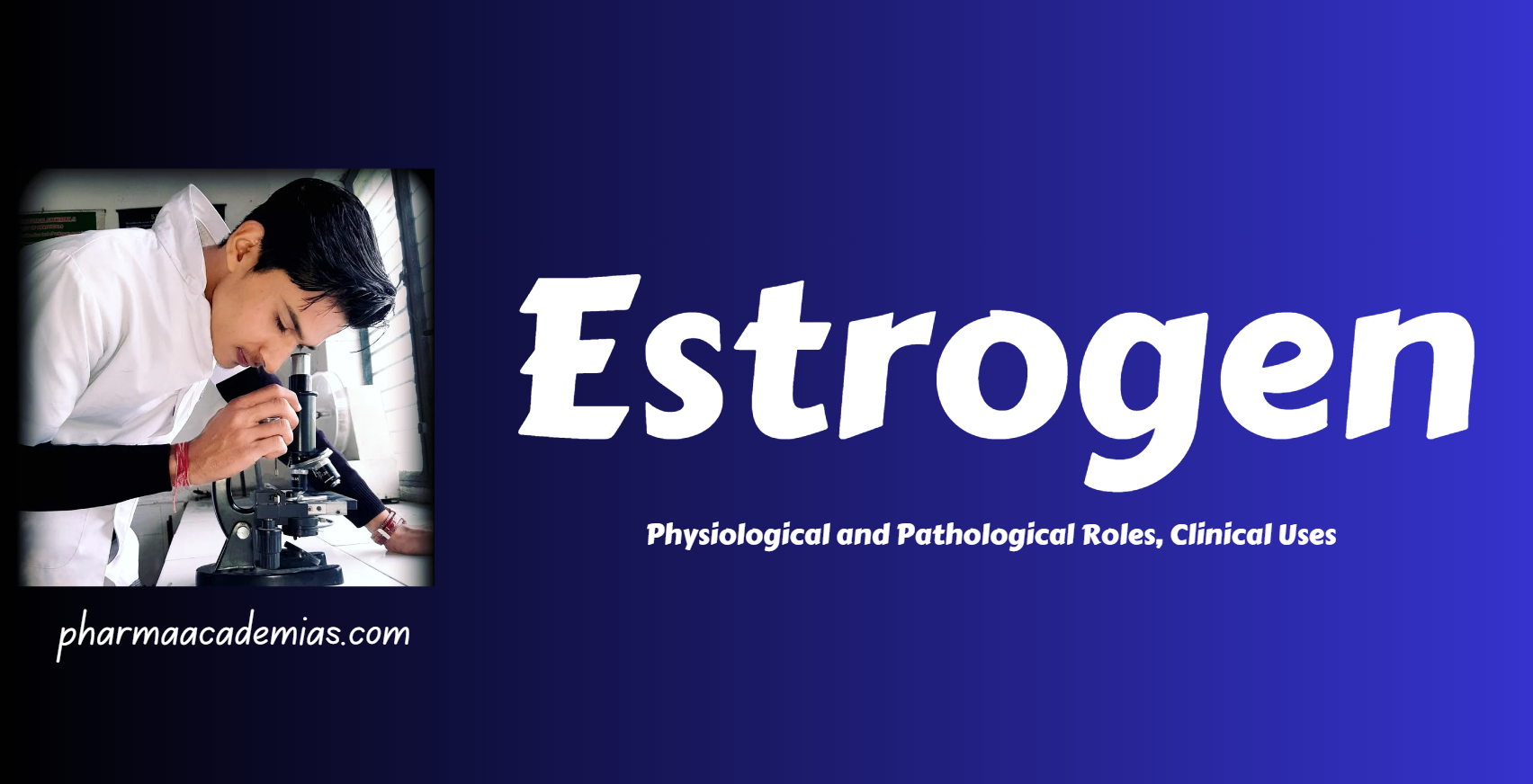Parathyroid hormone (PTH) is a critical hormone that regulates calcium and phosphate levels in the body. It is produced and secreted by the parathyroid glands, four small pea-sized glands on the thyroid gland. PTH plays a central role in maintaining calcium homeostasis through its effects on bone, kidneys, and the gastrointestinal tract.
1. Physiology of Parathyroid Hormone (PTH)
Source: PTH is primarily produced and secreted by the parathyroid glands, which are small glands near the thyroid gland.
Function:
Calcium Regulation: PTH plays a crucial role in regulating calcium levels in the blood.
Bone Resorption: PTH stimulates calcium release from bones into the bloodstream.
Calcium Reabsorption: In the kidneys, PTH enhances the reabsorption of calcium, preventing its excretion in urine.
Calcium Absorption: PTH promotes the absorption of calcium from the intestines.
Control:
Negative Feedback: Calcium levels in the blood negatively affect PTH secretion. When blood calcium is low, PTH secretion increases, and vice versa.
2. Pathological Role of PTH
Hyperparathyroidism:
Primary Hyperparathyroidism: The parathyroid glands’ overactivity leads to excessive PTH secretion. This can result in elevated blood calcium levels (hypercalcemia).
Secondary Hyperparathyroidism: Often a response to conditions causing low blood calcium, such as chronic kidney disease.
Hypoparathyroidism:
Insufficient PTH Production: Hypoparathyroidism results in low PTH levels, leading to decreased calcium levels in the blood (hypocalcemia).
Causes: Surgical removal of the parathyroid glands or autoimmune conditions.
3. Clinical Uses of PTH
Hypoparathyroidism Treatment:
PTH Replacement Therapy: Synthetic forms of PTH, such as teriparatide, are used to manage hypoparathyroidism by replacing insufficient endogenous PTH.
Osteoporosis Treatment:
Teriparatide Use: Teriparatide, a synthetic form of PTH, is also used in the treatment of osteoporosis to stimulate bone formation.
Monitoring Calcium Disorders:
PTH Levels: Measurement of PTH levels is valuable in diagnosing and monitoring disorders of calcium metabolism.
Parathyroid Imaging:
Localization: In cases of primary hyperparathyroidism, healthcare providers may use imaging studies, such as sestamibi scans, to locate abnormal parathyroid glands.
4. Considerations in Treatment
Calcium and Vitamin D Supplementation:
Hypoparathyroidism: Patients with hypoparathyroidism may require calcium and vitamin D supplements to maintain appropriate calcium levels.
Surgical Interventions:
Hyperparathyroidism: In cases of primary hyperparathyroidism, healthcare providers may indicate surgical removal of overactive parathyroid glands (parathyroidectomy).
Parathyroid hormone (PTH) plays a crucial role in calcium homeostasis, influencing bone health, renal function, and intestinal absorption of calcium. Disorders of PTH, whether excessive or deficient, can lead to significant metabolic imbalances. Understanding PTH’s physiological and pathological roles is essential for effective clinical management, including synthetic PTH analogs in treatment. Regular monitoring and individualized care are vital for optimizing patient outcomes.





One Reply to “Parathyroid Hormone (PTH): Physiology, Pathology, and Clinical Uses”